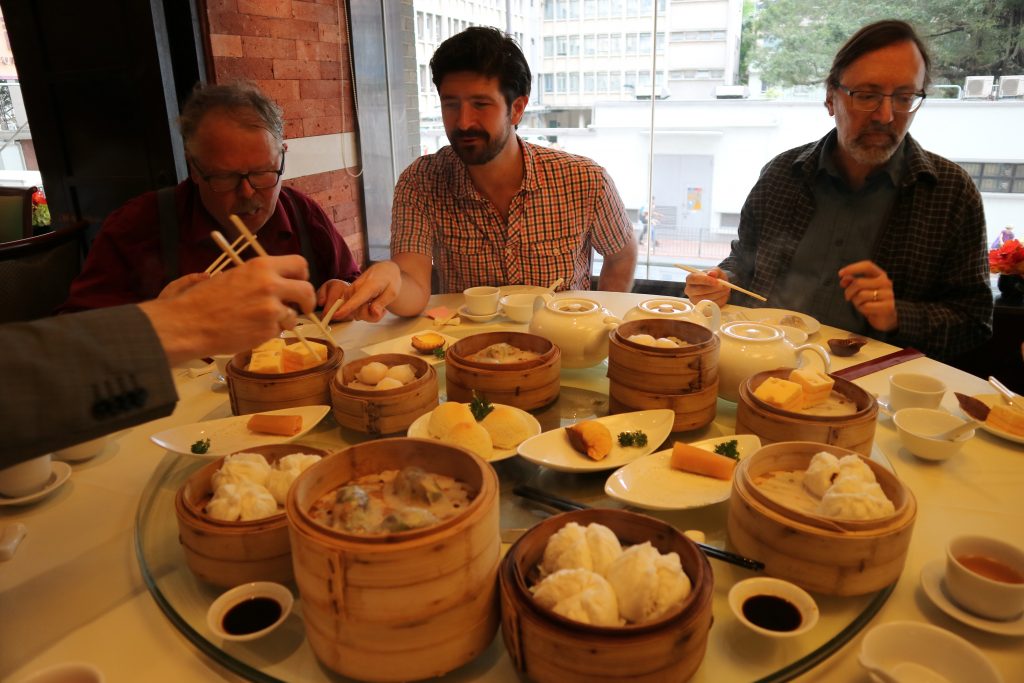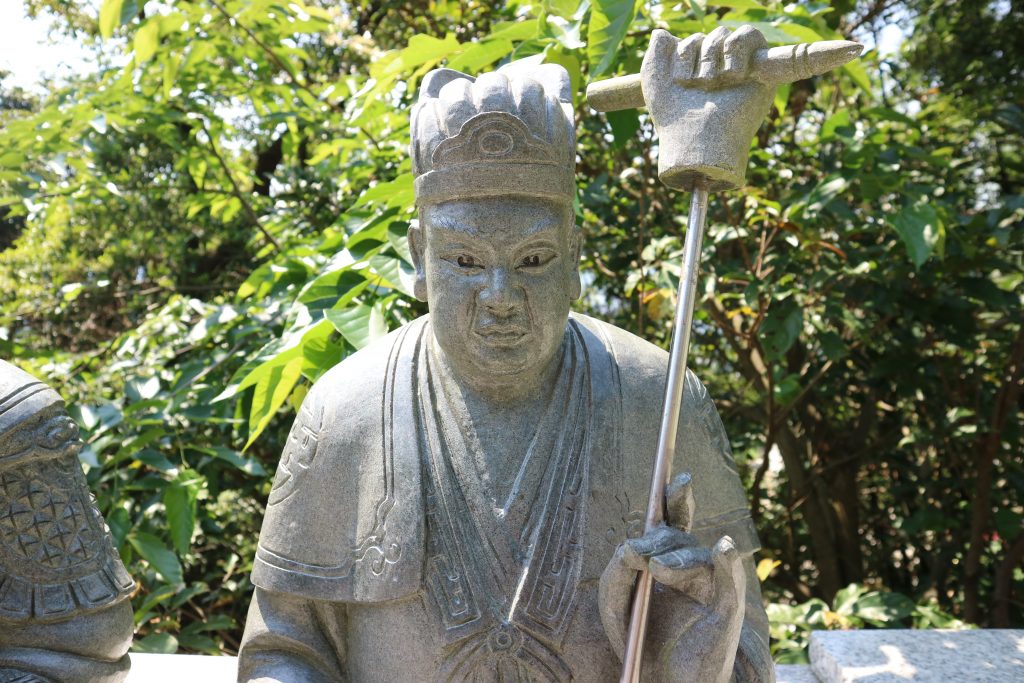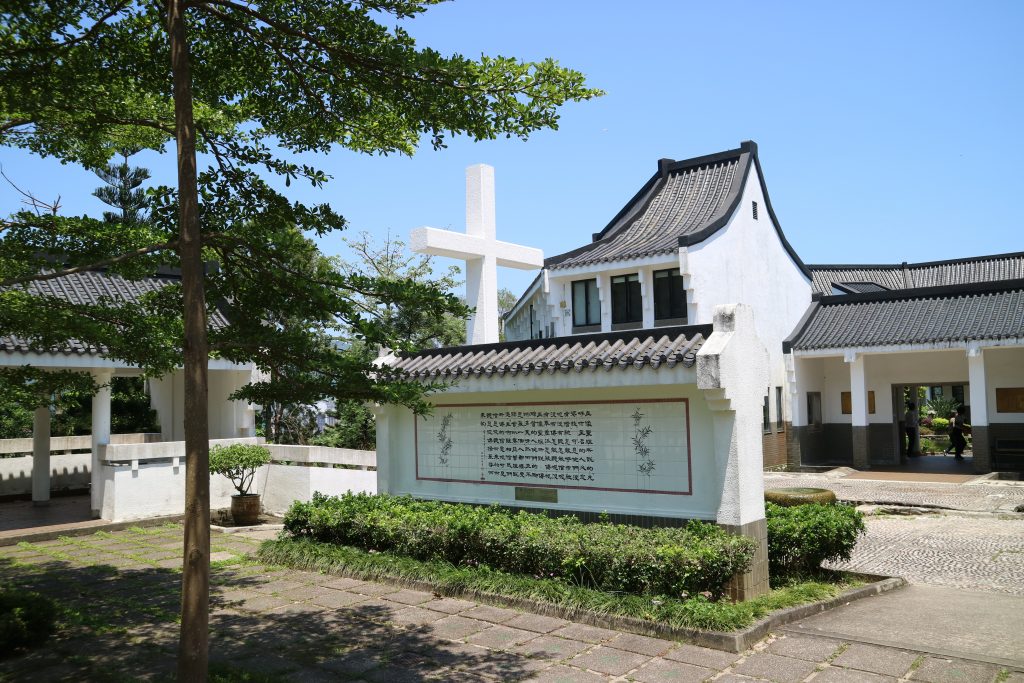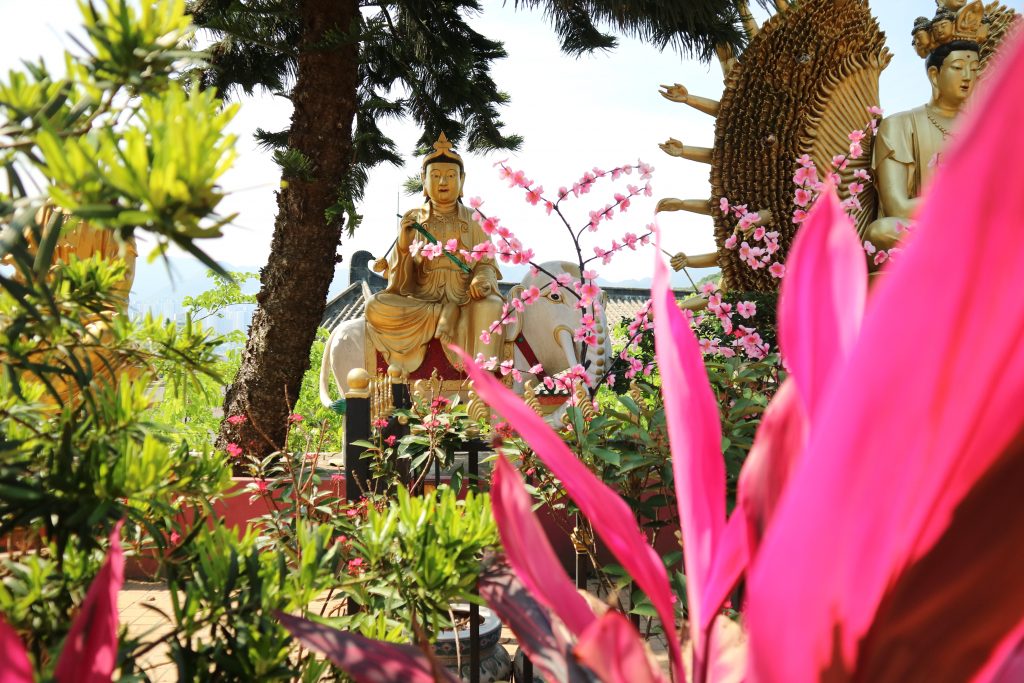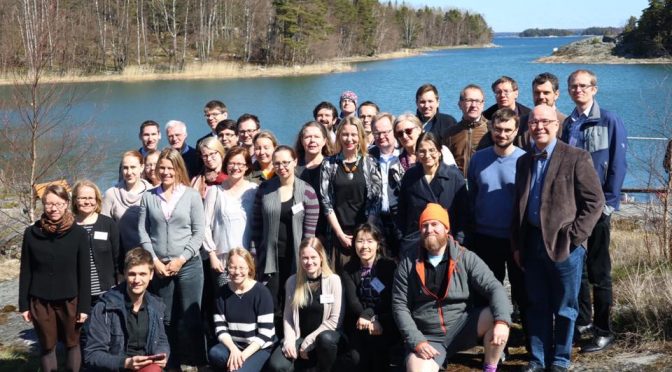Kirjoittanut Joanna Töyräänvuori
Merta kuvaillaan monien kuivien aavikkokansojen teksteissä. Myös Vanhassa testamentissa meri mainitaan useaan otteeseen, vaikka sen kirjoittajat eivät olleet merenkävijäkansaa. Syy näille maininnoille saattaa piillä paljon Vanhaa testamenttia varhaisemmissa teksteissä, sillä meri nousi osaksi poliittista retoriikkaa jo muinaisen Mesopotamian nuolenpääteksteissä. Kuninkaallisissa piirtokirjoituksissa esiintyvässä, poliittista valtaa legitimoivassa symbolikielessä käytettiin hyväksi myrskynjumalan ja meren välisestä kamppailusta kertovaa myyttiä, ns. Chaoskampf-myyttiä.
Myytti Välimeren ja Aleppon myrskynjumalan taistelusta sai alkunsa valloittajana ja vallananastajana tunnetun akkadilaiskuningas Sargon Suuren aikana. Se kehittyi sittemmin paitsi puhtaana mytologiana amorilaiskansojen kulttuuripiirissä, myös kuningasvaltaa oikeuttavana poliittisena kielenkäyttönä mesopotamialaisten kuninkaiden piirtokirjoituksissa. Ensimmäiset viitteet taistelusta meren ja jumalan välillä ovat muinaisbabylonialaisen kauden Marissa, joka oli kuningaskunta Eufrat-joen varrella.
Eräs varhaisista myyttitraditioista on aleppolaisen virkamies-profeetan kirjeessä Marin kuninkaalle Zimri-Limille. Siinä profeetta välittää kuninkaalle viestin säänjumala Hadadilta, joka oli kirjoituksen mukaan lahjoittanut kuninkaalle aseet, joilla oli päihittänyt vihollisensa meren. Kirjeessä sanotaan:
Herralleni sano: “Näin sanoo Nur-Sin, palvelijasi: ‘Addun, Alep[pon] herran profeetta Abija tuli luokseni ja sanoi: ‘Näin Adad: “Maan kokonaisuudessaan olen antanut Jahdun-Limille eikä hänellä aseideni kanssa ole vertaista. (Mutta) hänen hylättyä minut, annoin hänelle antamani maan Šamši-Adadille. – – Šamši-Adad [lacuna] anna minun palauttaa sinut (valtaan)! [Isäsi talon valtaistui]melle olen sinut palauttanut, ase[et,] joiden avulla päihitin meren olen antanut sinulle – –”
Useat näistä kuninkaista tekivät myös valloitusretkiä Välimerelle ja joidenkin tiedetään jopa symbolisesti seivästäneen meren myrskynjumalalle pyhitetyllä aseella. Akkadilaisesta Sargonista alkunsa saanut, mutta ainakin osittain reaalipoliittisiin syihin perustuva perinne oli muinaisessa Lähi-idässä varsin pitkäikäinen. Viitteitä samasta kirjallisesta aiheesta, taistelusta meren (tai merihirviön, esim. Leviatan) ja jumaluuden välillä, on myös persialaisajalle ajoitetuissa Vanhan testamentin runollisissa teksteissä.
Meren ja myrskynjumalan taistelumyytin selvästi parhaiten säilynyt versio tunnetaan nykyisen Syyrian rannikolla sijainneen muinaisen Ugaritin teksteistä. Tämä pronssikaudelle ajoitettu niin kutsuttu Baal-sikermä koostuu joukosta löyhästi yhteen liittyviä myyttejä, jotka kertovat eeppisen runouden keinoin Vanhasta testamentista tutusta säänjumala Baalista. Ugaritin kertomuksia on julkaistu suomeksi käännettynä teoksessa Baalin palatsi jaa kuninkaiden suku: Ugaritin jumaltarut (2017), Tapani Harviaisen ja Aarre Huhtalan toimittamina. Eräs myyteistä kertoo Baalin taistelusta Jammia (merta) vastaan näiden kilvoitellessa jumalten kuninkaan arvonimestä. Baal voittaa kamppailun, mutta vain ystäviensä avittamana.
Sinänsä meren valloittamisen kielikuvastoa olisi voitu käyttää kuningasvallan tai suurkuninkuuden idean oikeuttamiseksi ilman mytologisia konnotaatioita tai minkäänlaisia historiallisia perusteitakin. Kuitenkin sekä perinteen jatkuvuus tällä maantieteellisellä alueella että sanamuodoissa esiintyvä muuntelu viittaavat siihen, että kyse on muustakin kuin pelkästä kuninkaallisesta uhosta.
Retorinen tehokeino koki uuden tulemisen uusassyrialaisella kaudella, alkaen Vanhasta testamentista tutun Tiglatpileser I:n hallituskaudesta. Hänestä alkunsa saanut kuningasdynastia käytti akkadialaisen Sargonin hahmoa ja tämän hallintokautta oman valtansa oikeuttajana ja kuningasideologiansa perustana. Sargonin sotaretket itäisen Välimeren alueelle mytologisoituivat ajan kuluessa ja sekoittuivat Aleppon säänjumalaan liitettyyn myyttiin jumalan ja henkilöityneen meren välisestä kamppailusta.
Välimeren valloitus ei ollut pelkästään osoitus kuninkaiden suuruudesta, vaan rannikkoalueiden resurssit olivat myös sisämaiden valtakunnille tuiki tarpeellisia. Kaikki mesopotamialaiset kuninkaat eivät valloittaneet Välimeren seutuja eivätkä niin omissa piirtokirjoituksissaan edes väittäneet, joten kielikuvan käyttö saattaa viitata ainakin jonkinasteiseen poliittiseen läsnäoloon rannikkoalueilla, ainakin hetkittäin. Harva mesopotamialainen kuningas pystyi kuitenkaan pitämään rannikkoalueita pysyvästi hallinnassaan.
Myrskynjumalan ja meren välinen myytti perustuu historialliselle tositapahtumalle, Sargonin legendaariselle valloitusretkelle. Välimeren rannikkoalueiden valloituksen tärkeys muinaisen Lähi-idän kuninkaille synnytti mytologian, jota myöhemmät kuninkaat vuorostaan käyttivät kuningasvaltansa oikeuttajana. Jokaisen kuninkaan oli vuorollaan vahvistettava tämä myyttisen valloittajan rooli sotaretkillä, jotka suuntautuivat Välimeren rannikolle – eli meren symbolisella valloittamisella. Mutta kumpi tuli ensin: mytologisoitiinko meren valloittaminen vai oliko meren valloittamisen välttämättömyydessä syy myytin muodostumiselle?
Aiheesta voi lukea lisää juuri ilmestyneessä Teologisessa Aikakauskirjassa (3/2017).

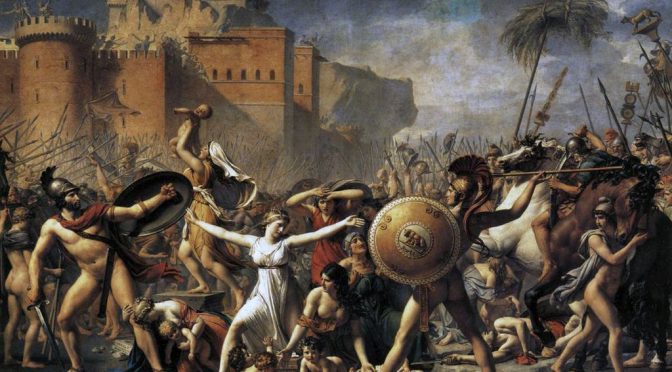




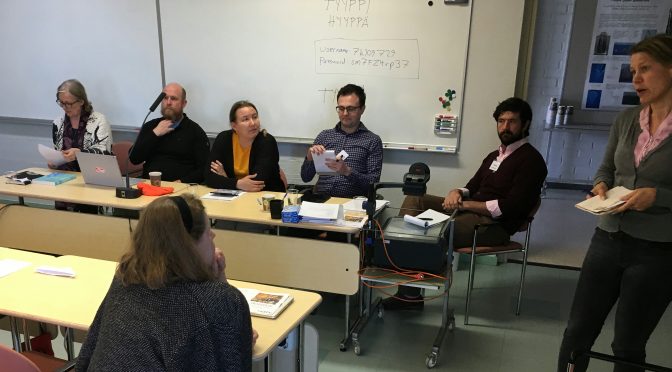

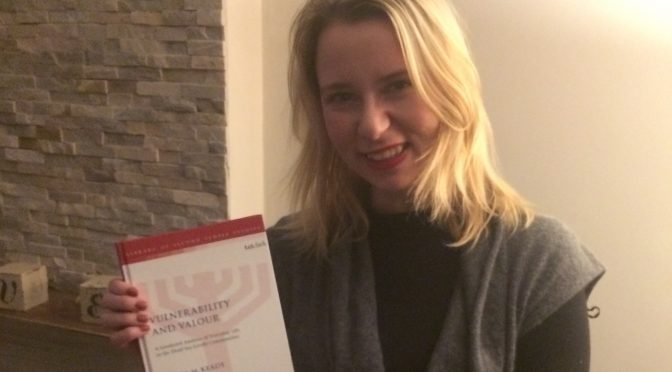
 Jessica M. Keady uses insights from social science and gender theory to shed light on the Dead Sea Scrolls and the Qumran communities. Through her analysis, Keady shows that it was not only women who could be viewed as an impure problem, but also that men shared these characteristics as well.
Jessica M. Keady uses insights from social science and gender theory to shed light on the Dead Sea Scrolls and the Qumran communities. Through her analysis, Keady shows that it was not only women who could be viewed as an impure problem, but also that men shared these characteristics as well.



